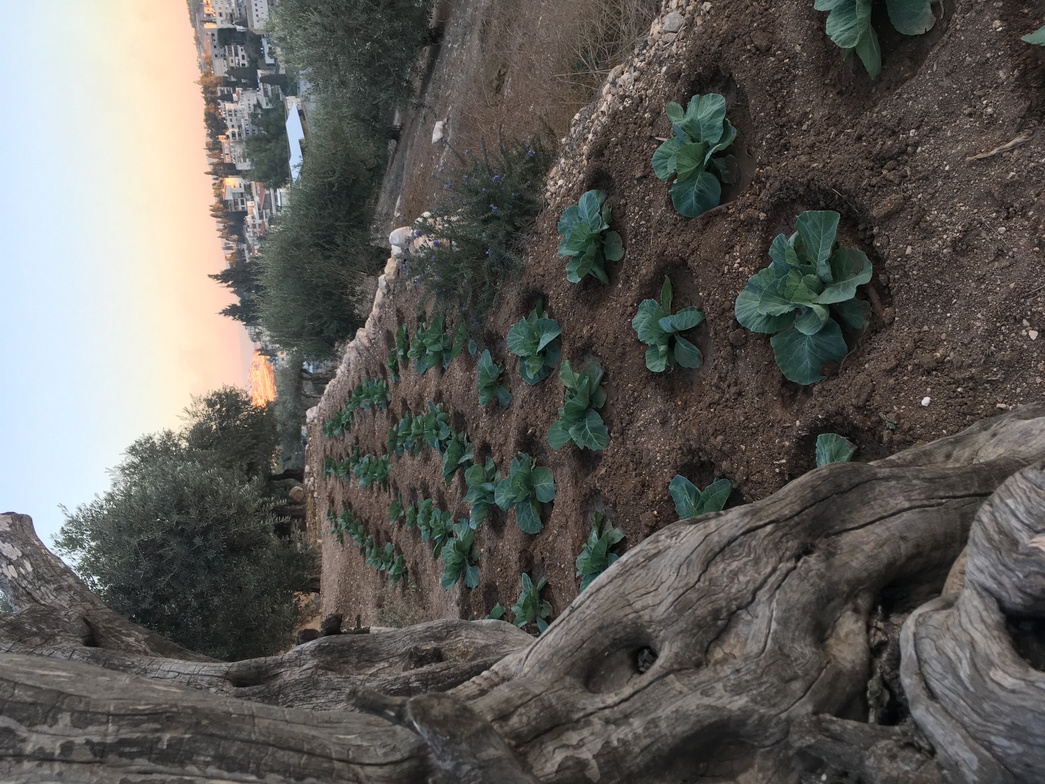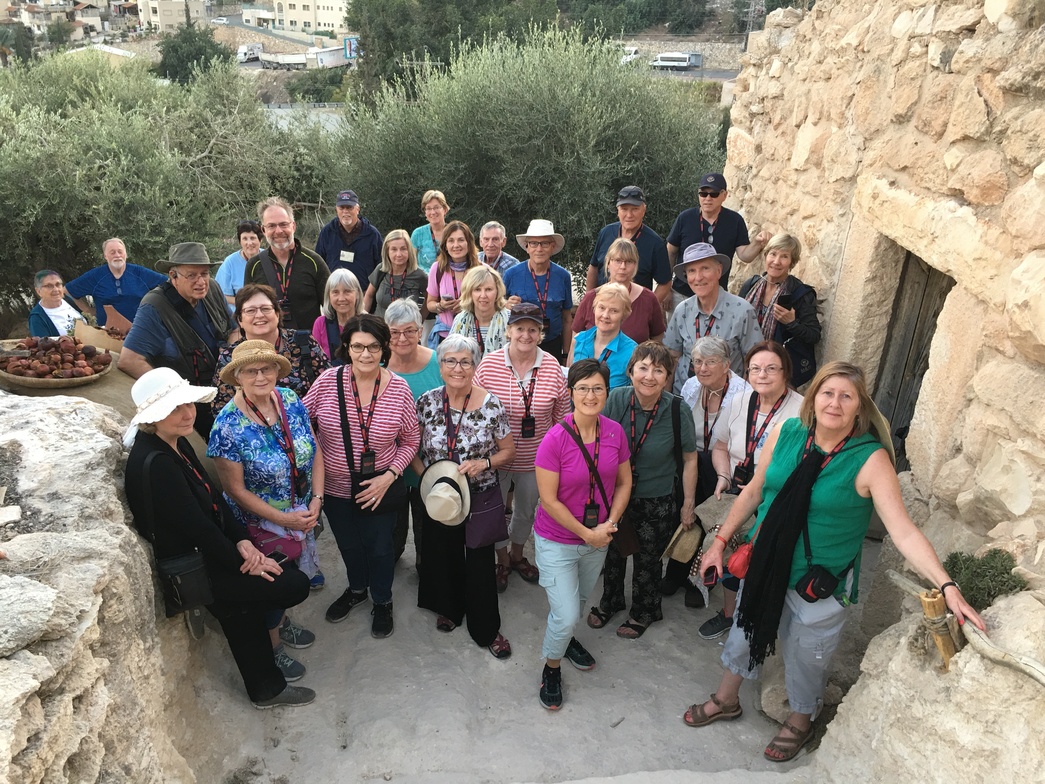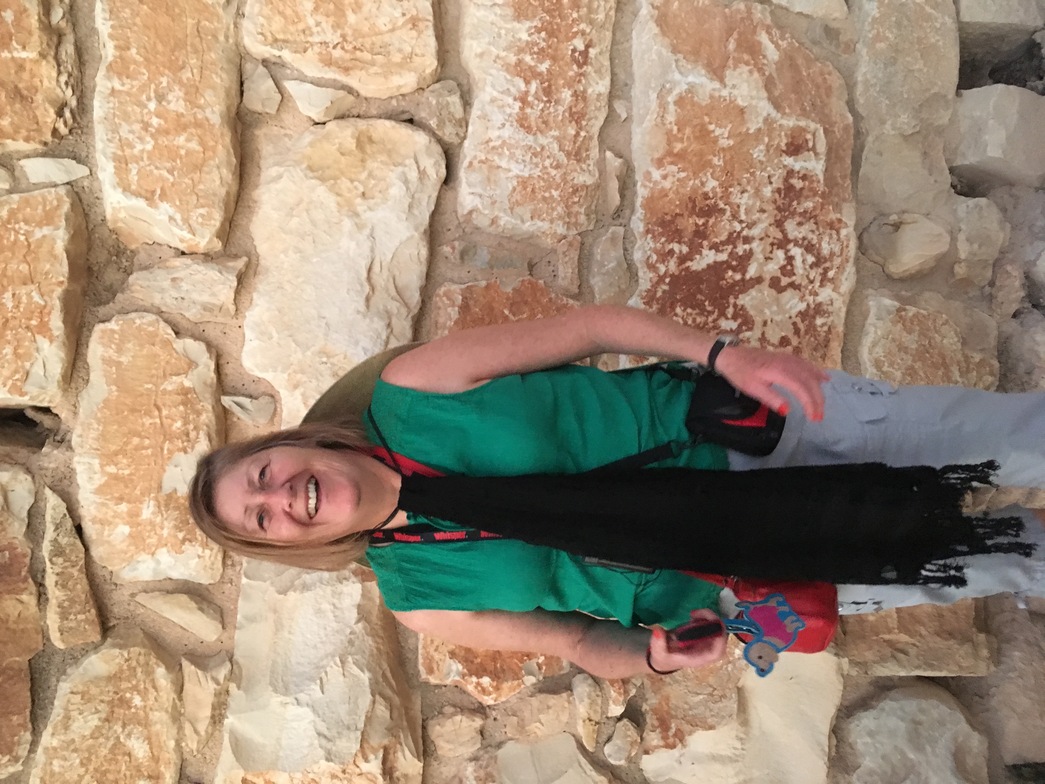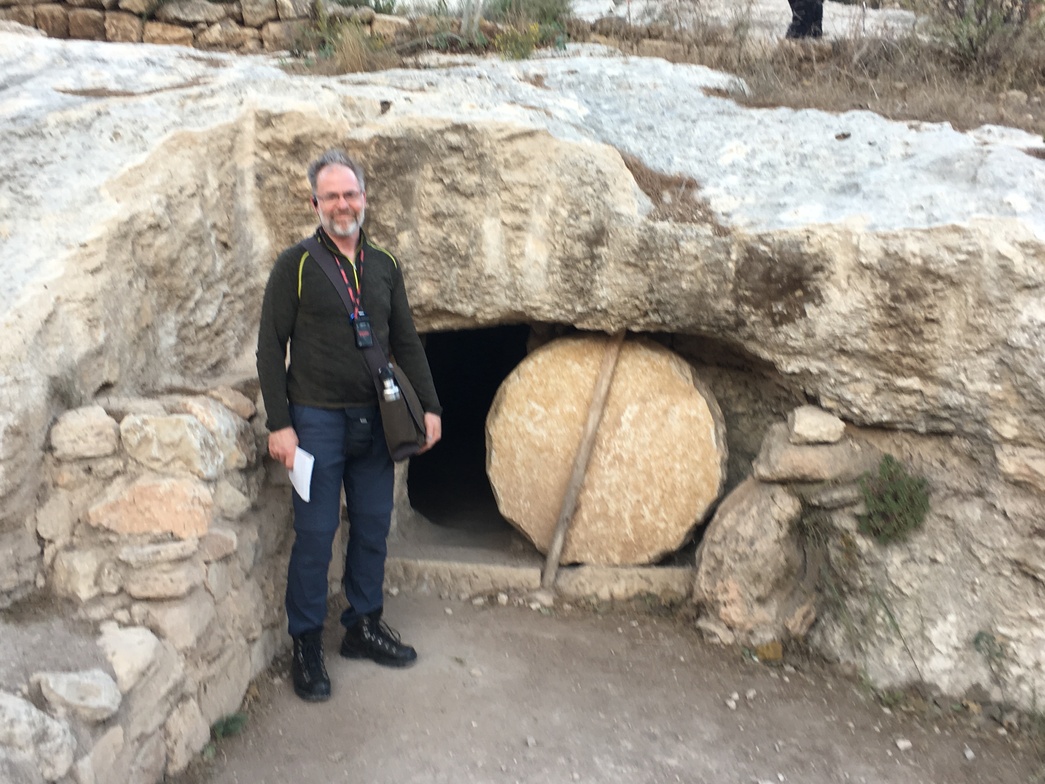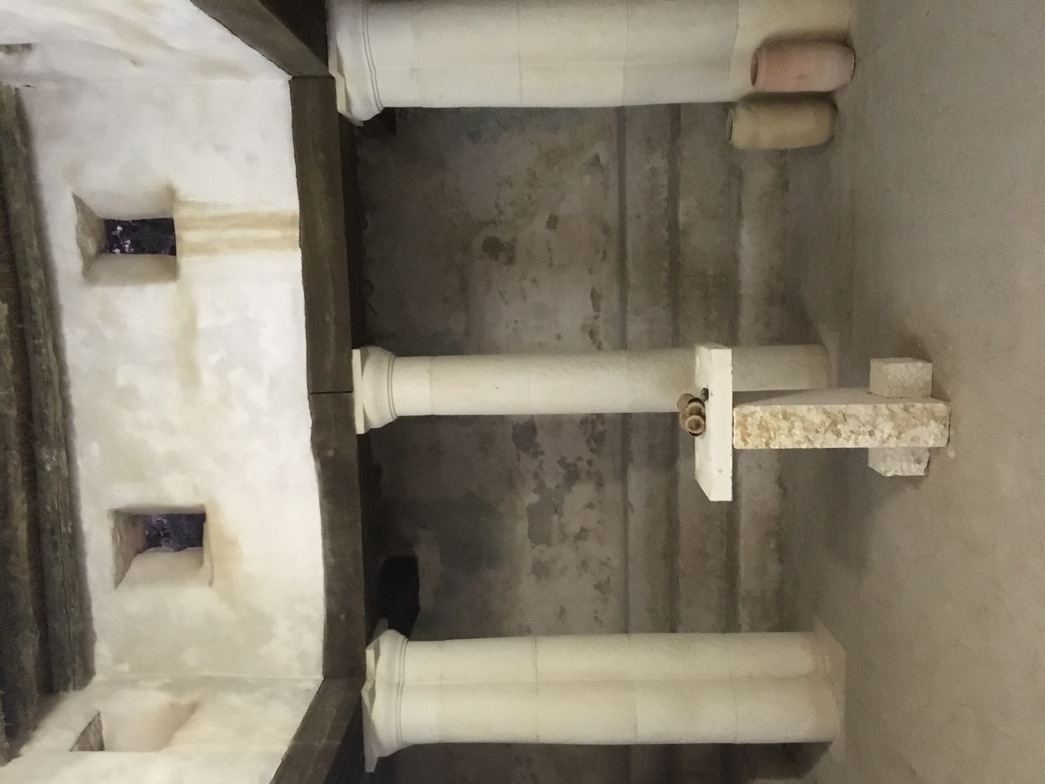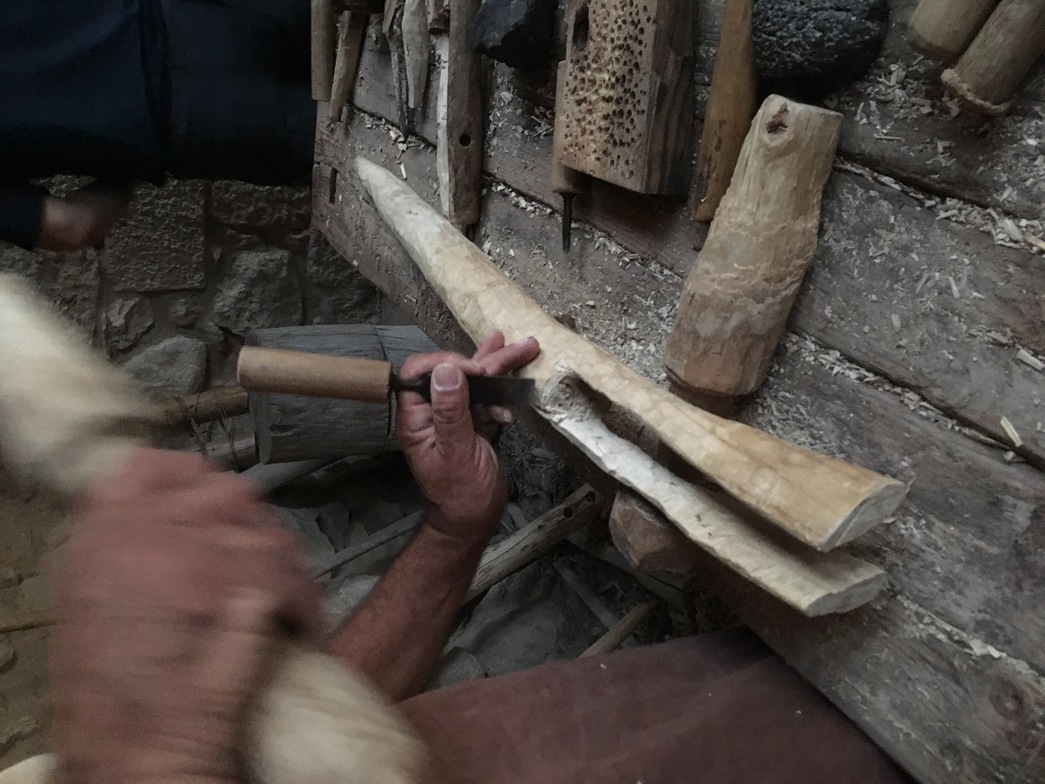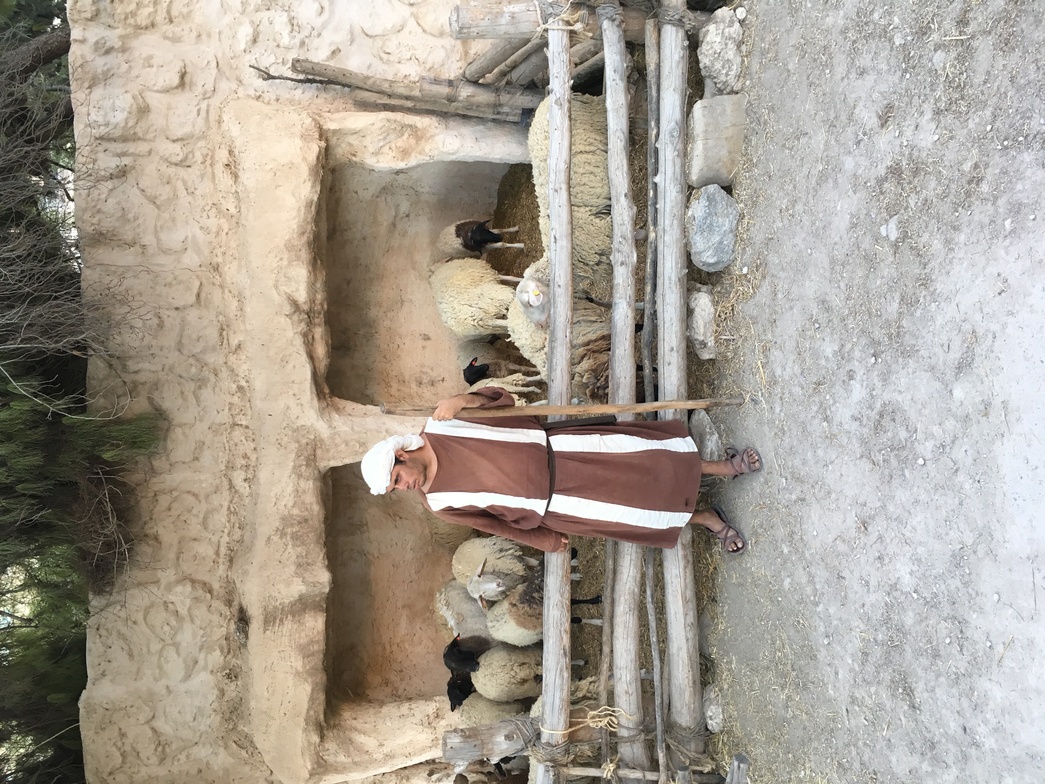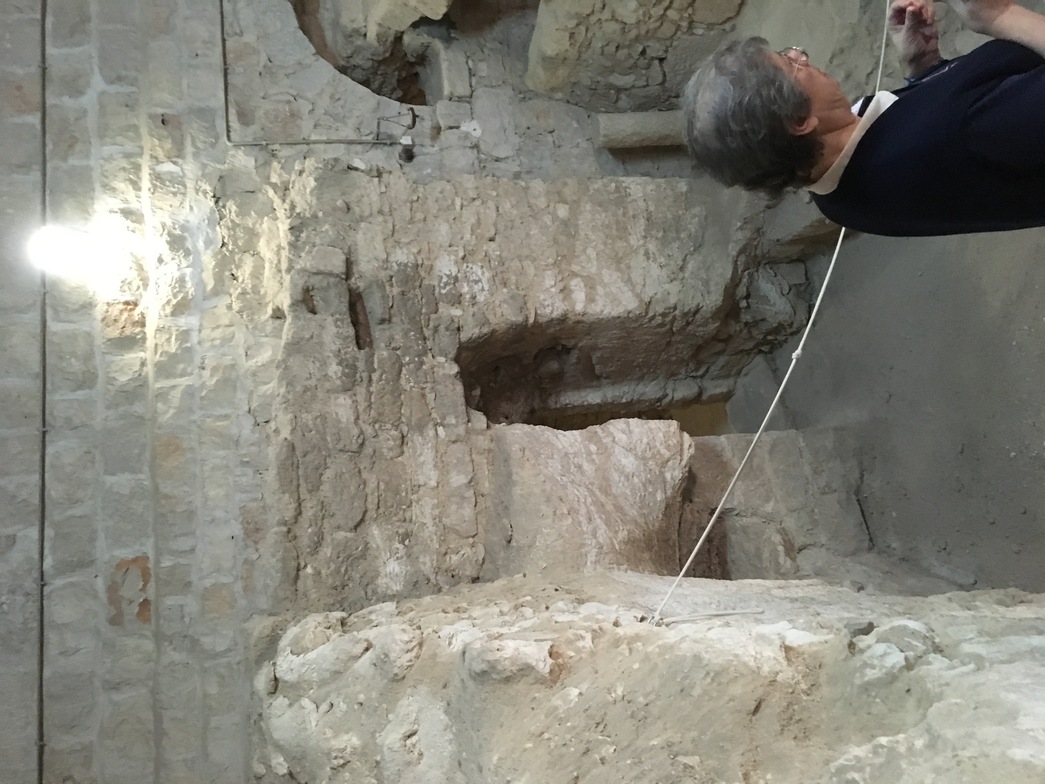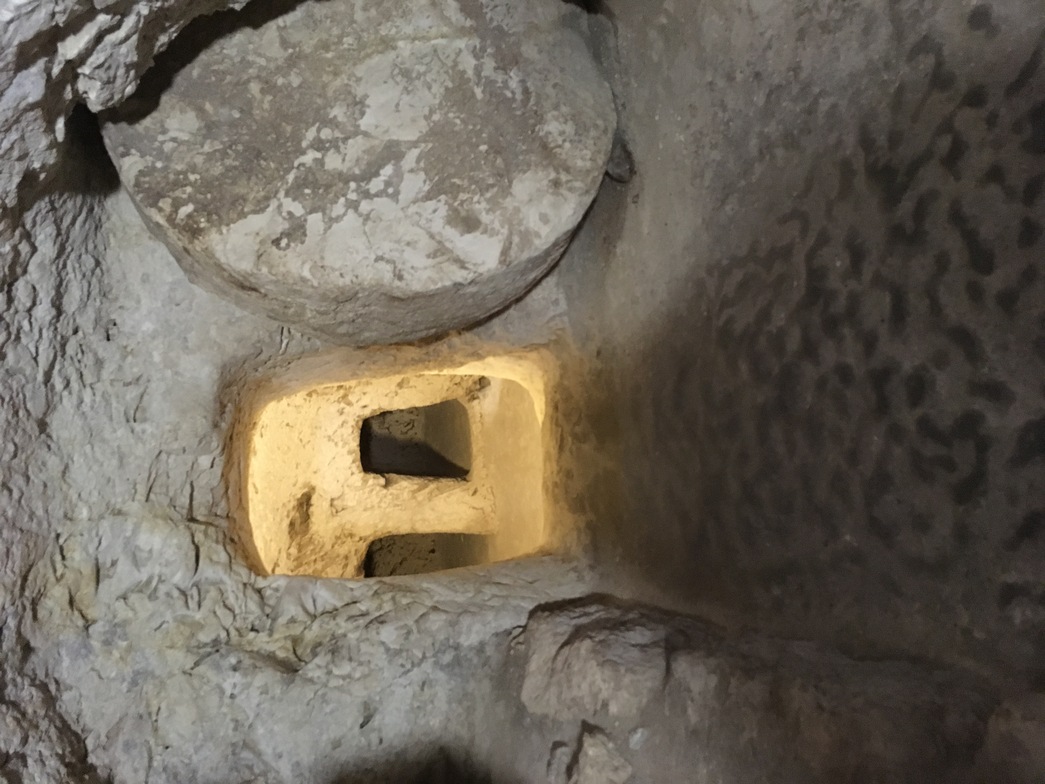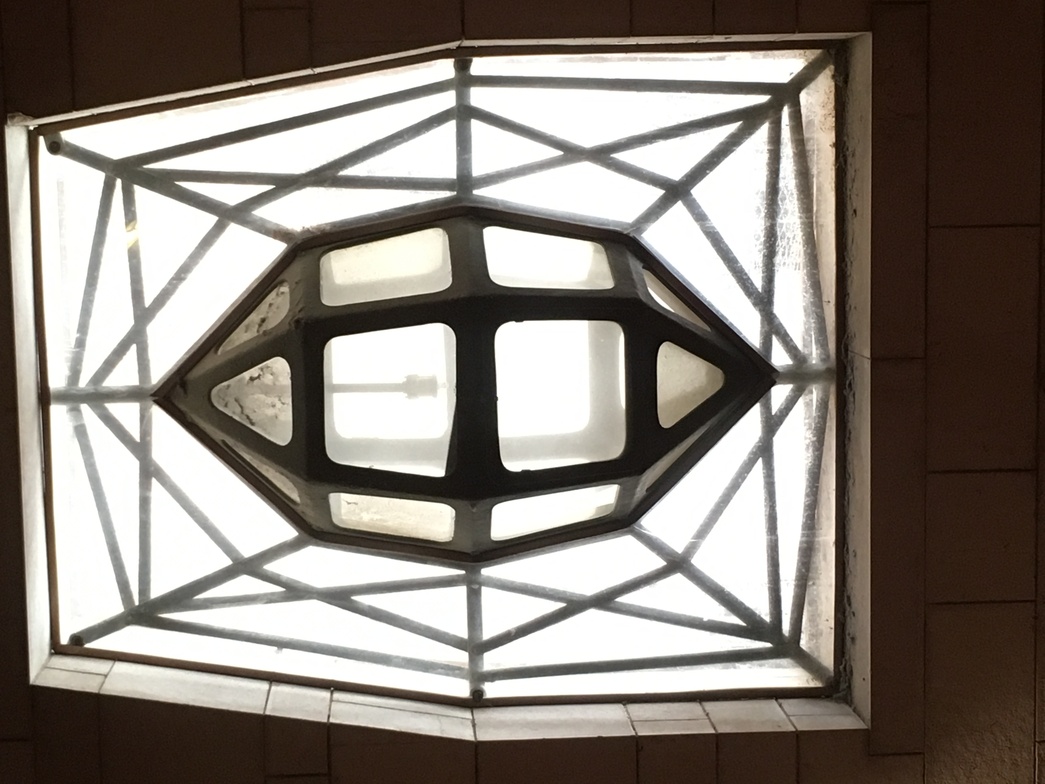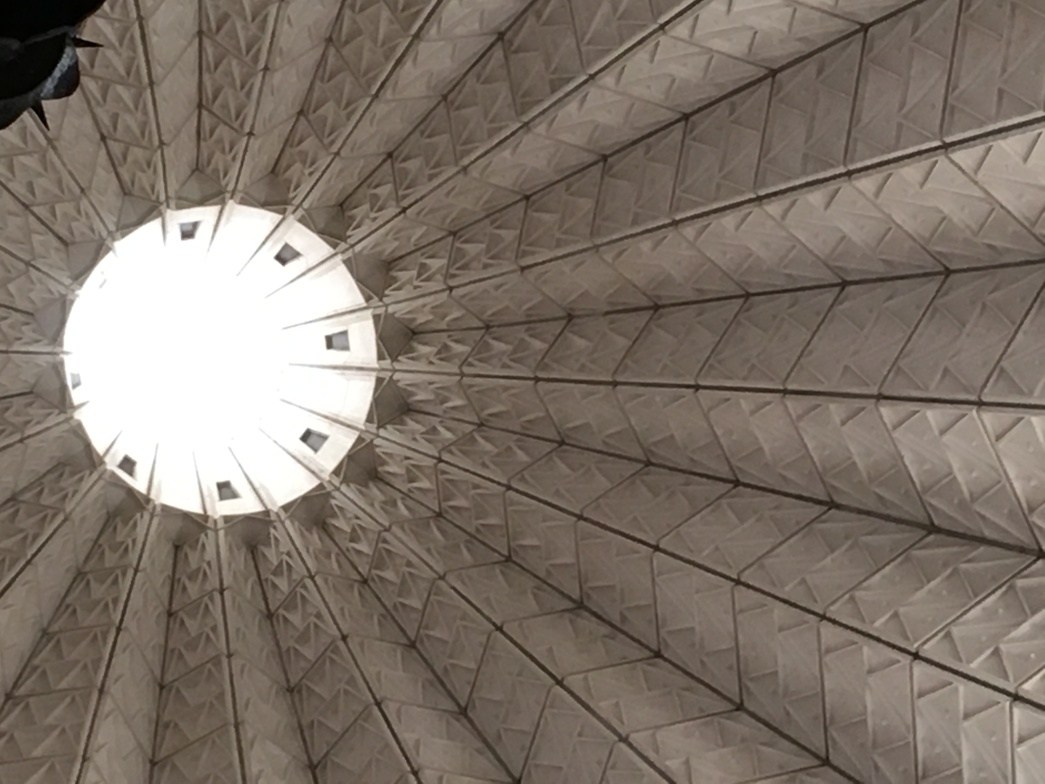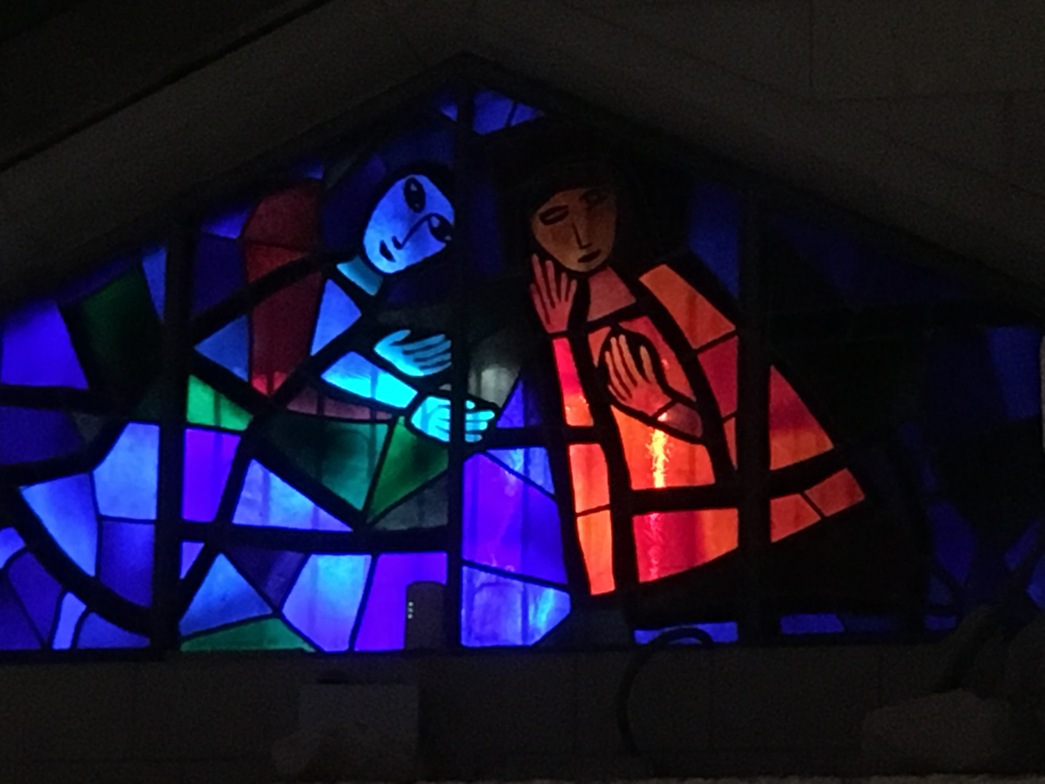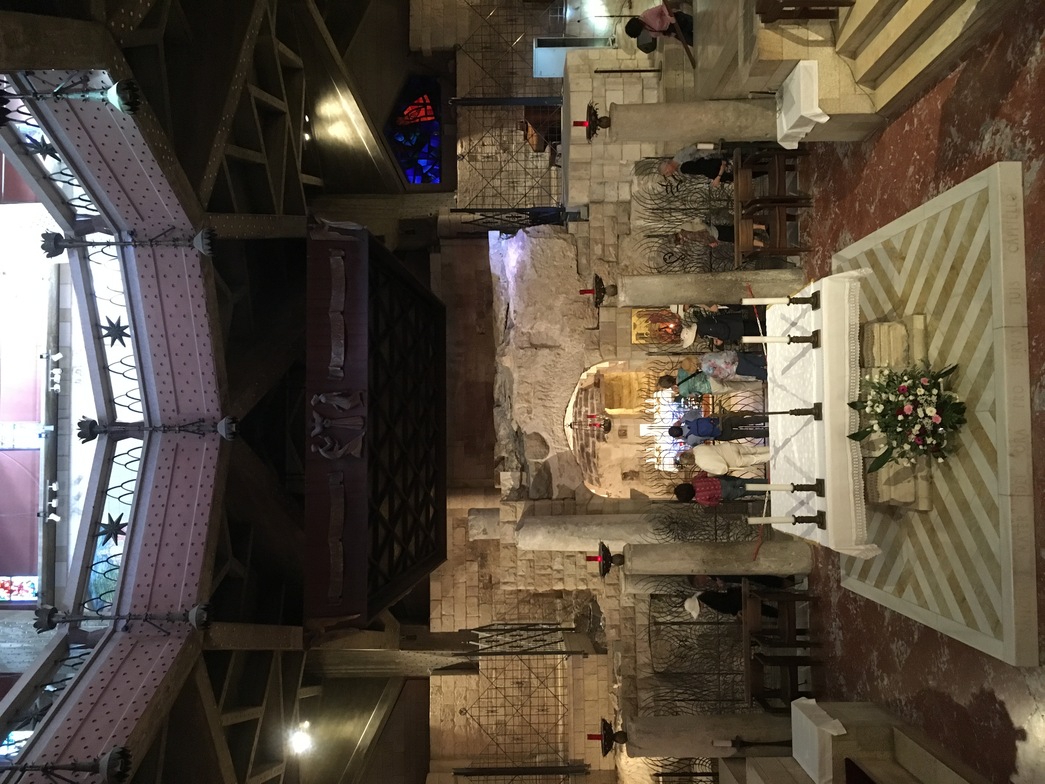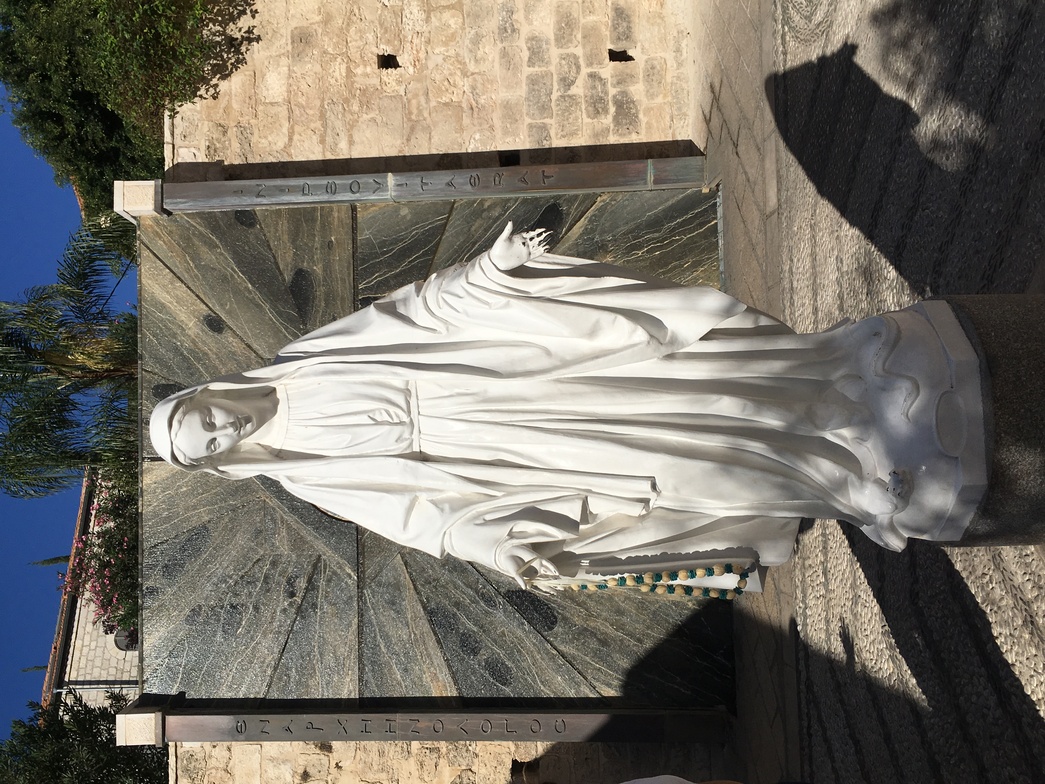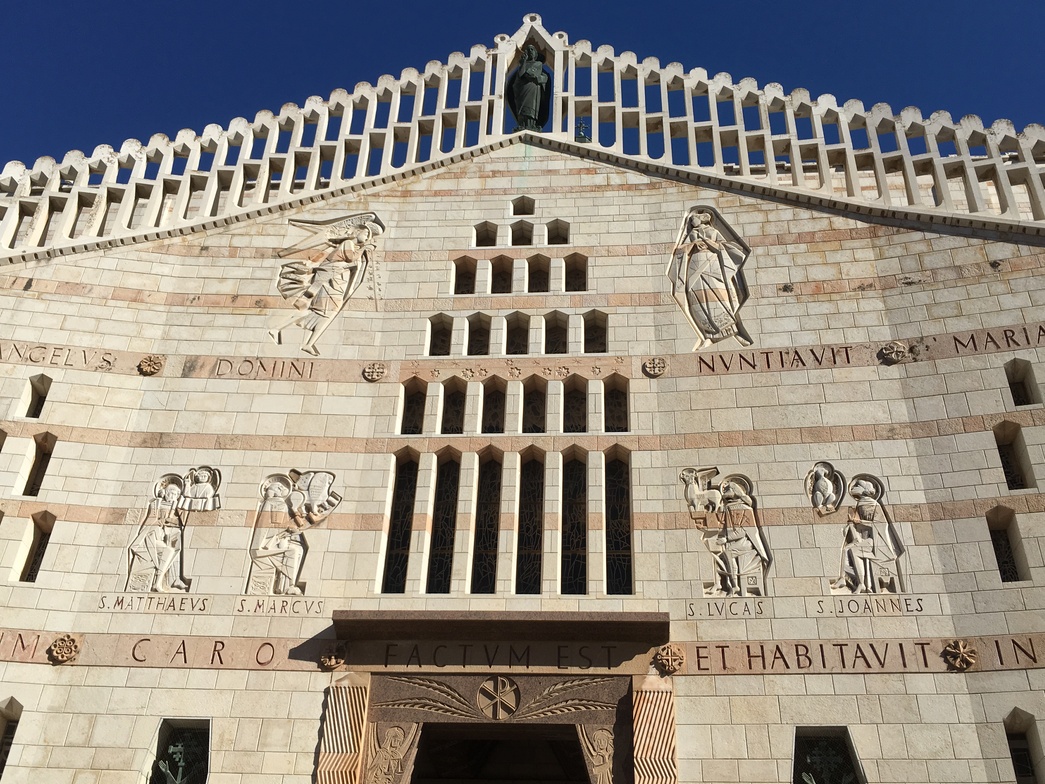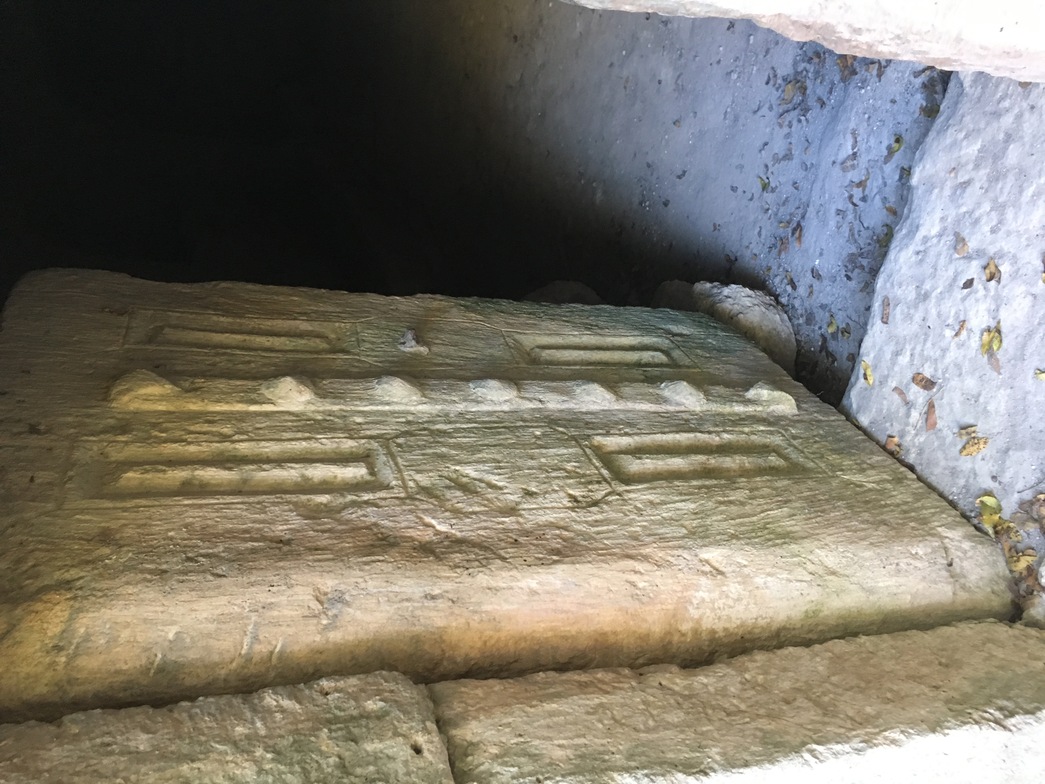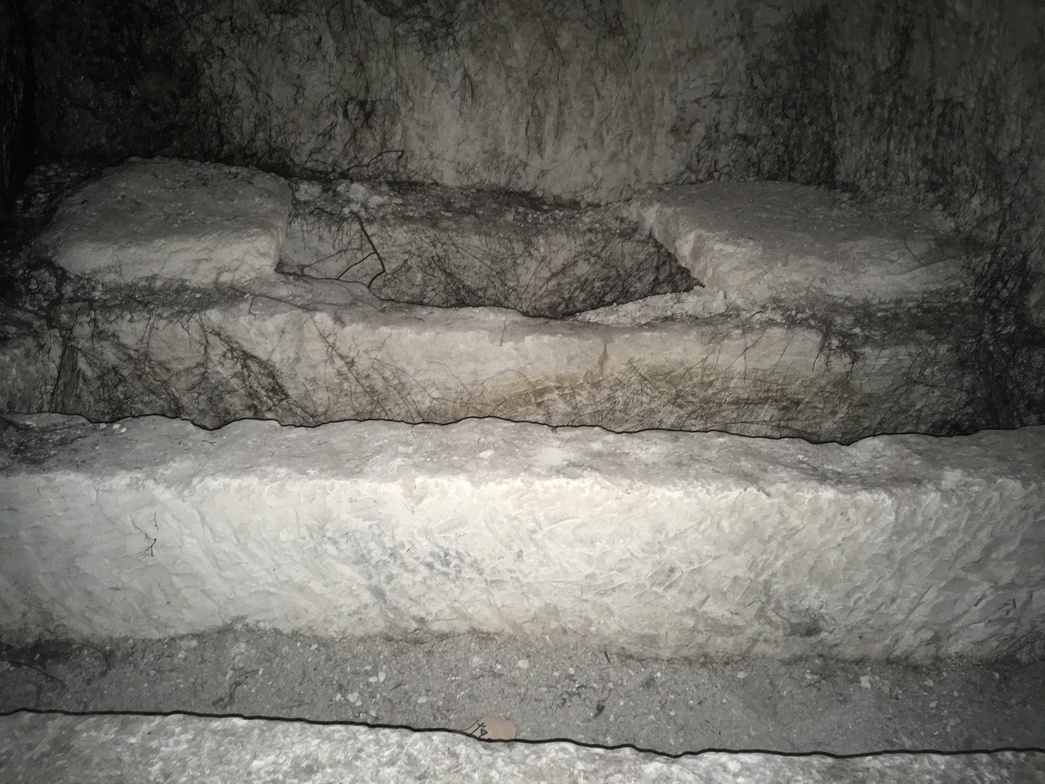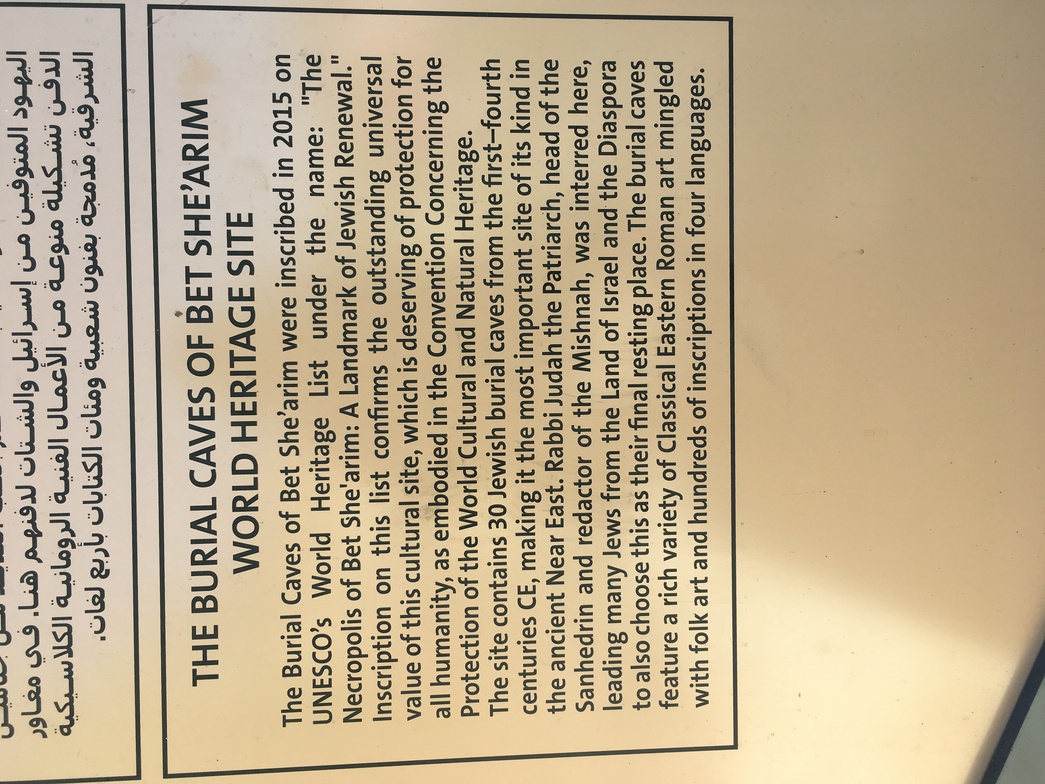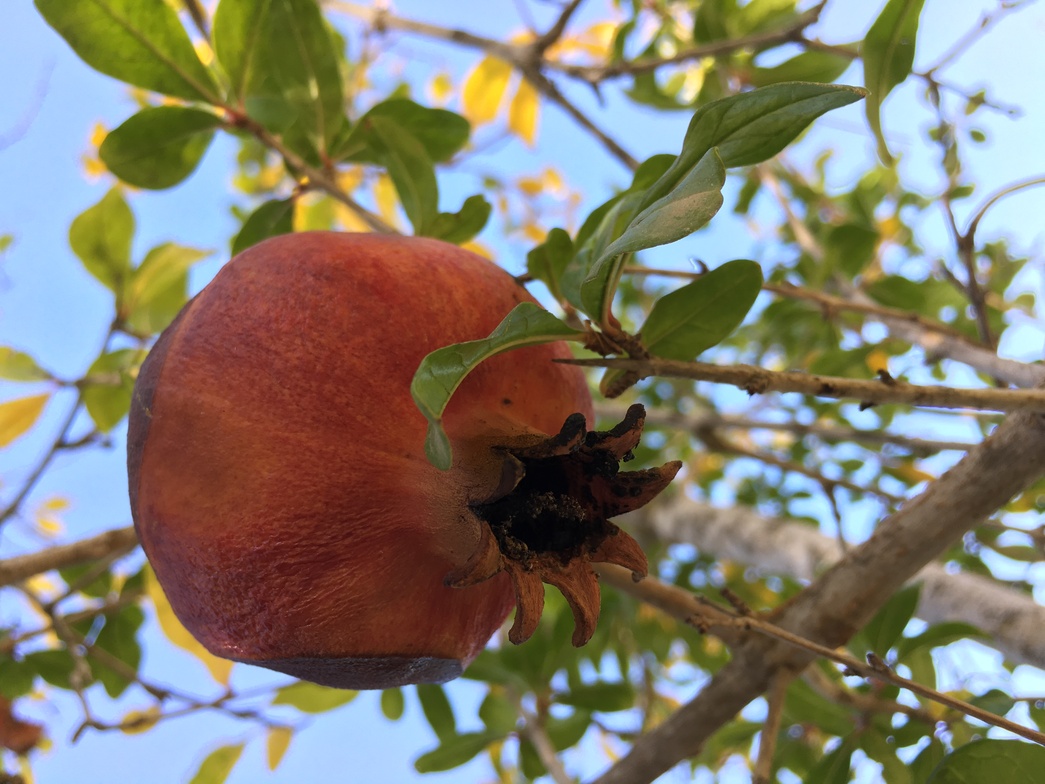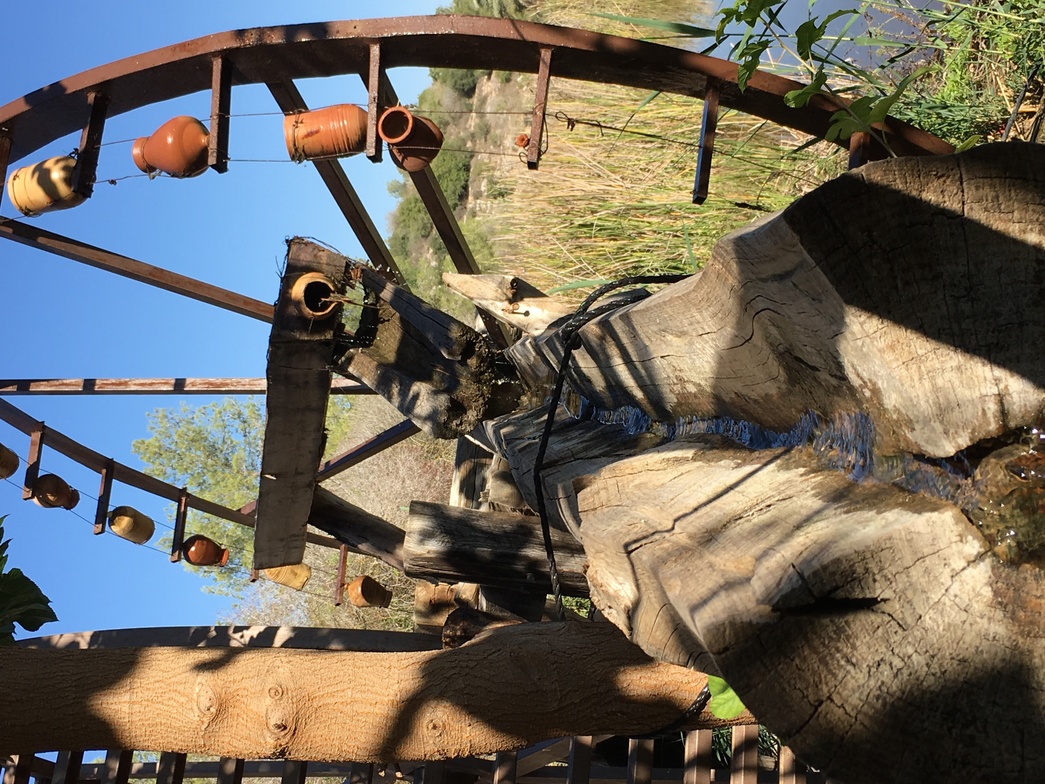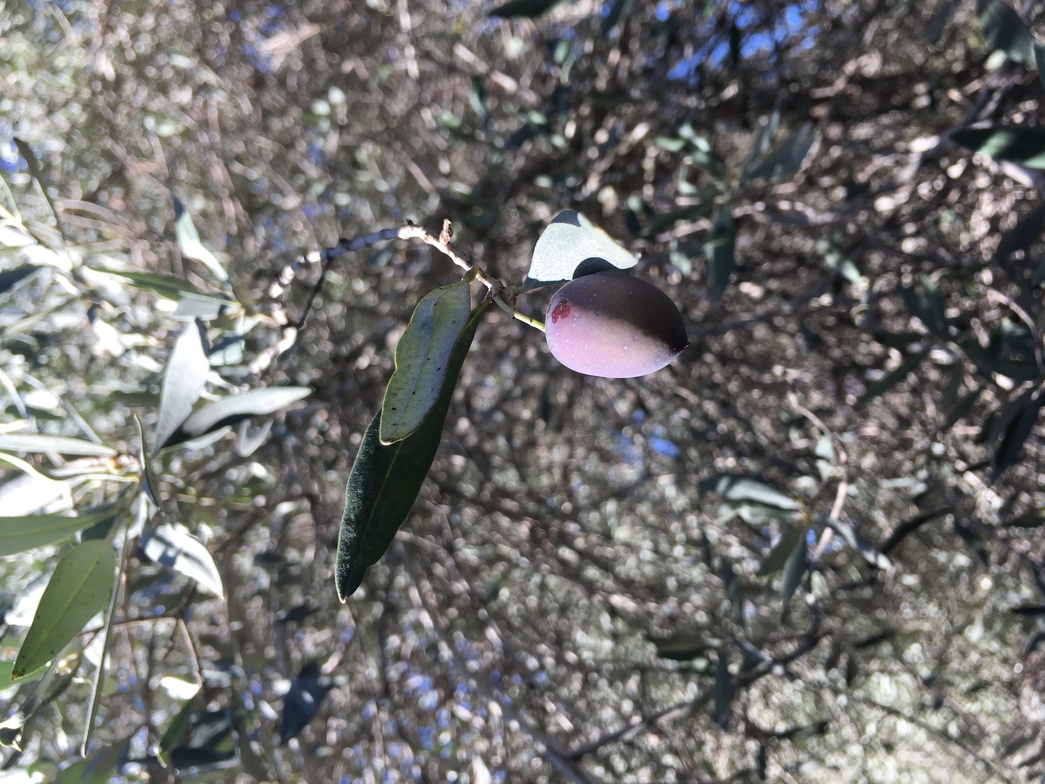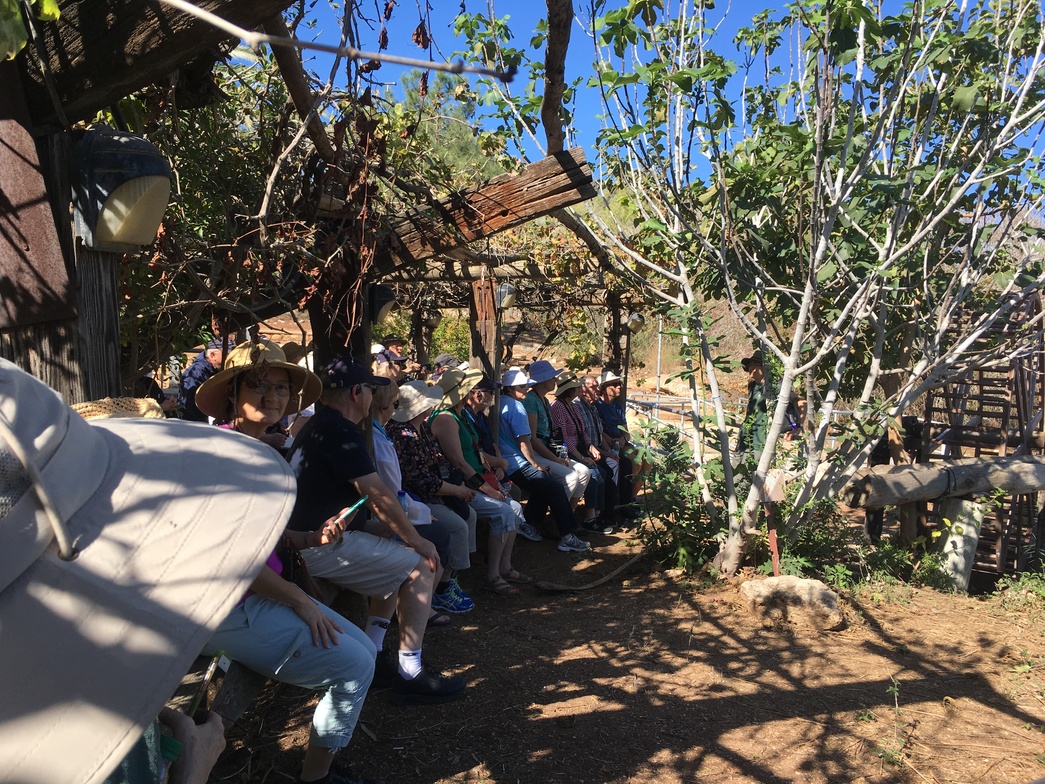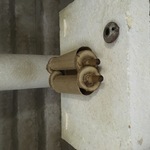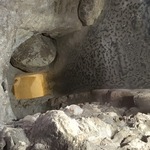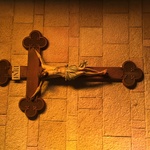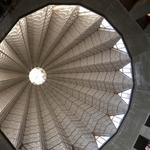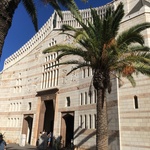GALILEE OF THE GENTILES
NEOT KEDUMIM, BEIT SHEARIM, NAZARETH
 Our day begins at a Biblical Landscape Preserve known as 'Neot Kedumim'. The Bible often conveys its ideas not in abstract terms, but through a clear and vivid record of long human interaction with the land of Israel. Neot Kedumim draws on a variety of disciplines (such as Bible scholarship, botany, zoology, geography, history, and archaeology) to bring the Bible to life. We continue north to Beit Shearim, a Jewish Hellenistic and Roman city dating from the 2nd century BC to the 5th century AD. This city is famous for its remarkable necropolis and catacombs carved into the hills. The tombs were of rich Jewish families from many countries and Israel who desired to be buried in the Land of Israel and close to the tomb of Rabbi Yehuda Hannasi – the chief of the Sanhedrin and compiler of the 6 parts of the Mishna, which was based on oral traditions and customs. Nazareth will occupy the remainder of the day for us. Here we will visit the Church of the Annunciation, a small museum, and dwellings from the 1st century AD whose excavations include a rolling stone tomb (Matthew 28:2 "...an angel came...and rolled back the stone from the door...". Our final stop of the day is at Nazareth Village. This is a walk-through living museum with characters and reconstructed building serving as examples of life in 1st century Nazareth. Overnight Sea of Galilee, Ein Gev.
Our day begins at a Biblical Landscape Preserve known as 'Neot Kedumim'. The Bible often conveys its ideas not in abstract terms, but through a clear and vivid record of long human interaction with the land of Israel. Neot Kedumim draws on a variety of disciplines (such as Bible scholarship, botany, zoology, geography, history, and archaeology) to bring the Bible to life. We continue north to Beit Shearim, a Jewish Hellenistic and Roman city dating from the 2nd century BC to the 5th century AD. This city is famous for its remarkable necropolis and catacombs carved into the hills. The tombs were of rich Jewish families from many countries and Israel who desired to be buried in the Land of Israel and close to the tomb of Rabbi Yehuda Hannasi – the chief of the Sanhedrin and compiler of the 6 parts of the Mishna, which was based on oral traditions and customs. Nazareth will occupy the remainder of the day for us. Here we will visit the Church of the Annunciation, a small museum, and dwellings from the 1st century AD whose excavations include a rolling stone tomb (Matthew 28:2 "...an angel came...and rolled back the stone from the door...". Our final stop of the day is at Nazareth Village. This is a walk-through living museum with characters and reconstructed building serving as examples of life in 1st century Nazareth. Overnight Sea of Galilee, Ein Gev.
Pastor Paul's reflections: Today was a full, rich day. We were on the road at 8 a.m. and pulled into Ein Gev for supper at 6:30 p.m.. The first stop at Neot Kedumim was a place close to my heart - a nature preserve begun in the early 1960's with the vision of rehabilitating over-forested and over-farmed land which was largley barren scrub, into a park representing plants from Bible times. I remember being there in 1983 and it was just getting started - what a change compared to today! The "Seven Species" named in Deuteronomy 8:8 formed the basis of the huge undertaking: (from verse seven) "For the Lord your God is bringing you into a good land of flowing streams and pools of water, with fountains and springs that gush out in the valleys and hills. It is a land of wheat and barley; of grapevines, fig trees and pomegranates; of olive oil and honey." Did you count them? These were all signs of God's blessing on the people Israel.
We walked through a small part of the reserve, led by a volunteer who was fantastic in her knowledge and her entusiasm for nature and for those of us who came to learn more about it. Some of the photos posted reflect this. See if you can identify the pomegranate. Exodus 28:34 details the adornment of the hem of the robe of the High Priest: "the gold bells and pomegranates are to alternate all around the hem. Aaron will wear this robe whenever he ministers before the Lord, and the bells will tinkle as he goes in and out of the Lord's presence in the Holy Place. If he wears it, he will not die." (I think the idea here is that as long as people could hear the tinkling of the bells, they knew the High Priest was still moving... What we learned is that the shape of the pomegranate, upside-down, looks like a bell, so that the bells were stylized pomegranates. The Hebrew word for bell and pomegranate are similar. They also served as a source of teaching; from the second century, the Rabbis interpreted Torah and established 613 commands, the 'hagadah' and the 'halacha', or the 'mitzvot'. It is said that there are 613 seeds in a pomegranate, bearing witness to the mitzvot. (Our leader counted the seeds one time and came up with 635!). There is a New Year blessing in Hebrew that goes, "May your good deeds be as plentiful as the seeds of a pomegranate." We talked about figs and about fig leaves (large enough to cover the privates of Adam and Eve), and about almonds and hyssop (Ps. 51.7), which is in the oregano family and has healing properties. And of course we talked about olives. Did you know that black olives and green olives are simply olives picked earlier (green) and later (black)? Jesus used seeds and plants and animals and trees in his teaching - the people were steeped in the natural world. How many species of plants or birds can you name in your own yard? I have heard it said that you learn and know the names the creatures and plants you love.
Although Beit Shearim was very interesting, and I have a few photos of the tombs and catacombs, I will not comment at length here. The fact that these excavations date back nearly 2000 years, and are intact, was impressive. The catacombs had rock 'doors' on them which were hinged! (I know that may not excite everyone...)
The photos which follow those of the nature reserve, are of a church in Nazareth which is believe to have been built on the entire village site of Nazareth. The Church of the Anunciation commemorates the message of the angel Gabriel to Mary, "Blessed are you among women, and blessed is the fruit of your womb, Jesus..." and the chapel in the grotto of the church is the focal point of this encounter, with a large Basilica rising over it. It was full of pilgrims, but was large enough so that it didn't feel crowded.
We walked across the street from the church to the grounds of The Sisters of Nazareth. The religious house has been in existence since 1844 with regular worship, a school, and other acts of service to the community. Below the buildings there was an excavation which discovered a house dating from the 1st Century (Jesus' life in Nazareth), + the grave of a "righteous man" (was this Joseph's grave?) Over that was found a Byzantine Church and on top of that a Crusader Church. Could this be the grave and workshop of Joseph and the home of Joseph, Mary, Jesus and his siblings?
We saw this complex of rooms which could have served these purposes, all connected together. Could Jesus have lived here, grown up here and worked with his father here? There is also an example of a "rolling stone" tomb, which I learned are not common. Remember, on that first Easter day Mary said, "someone has rolled away the stone...!" It is layers like these that are pieces of a puzzle and shed light on what life was like in 1st century Nazareth and the very probable possibility that this was evidence of the first Christian community in Nazareth. You will see photos of the Sister who guided us on our tour, and the photos that follow those will be of this excavation on the grounds of the Centre. Very interesting!
Dr. Steve Notley, a historian and historical geographer, who has participated on many excavations, provides excellent context for the teaching we receive. Along the way in the bus Dr. Notley gives a very helpful commentary on the historical geography of the places we are travelling through. It is gratifying that what I learned my first time in the Holy Land is still there (in pieces). This trip is helping to but the pieces back together. Dr. Notley is also a professor of New Testament with a focus on "The Origins of the Christian Faith" at NYACK College in NYC.
There is a CNN special on Vimeo that details this interesting site. You can view it at: https://vimeo.com/213437420 or click on the link below.
The Nazareth Village reconstruction was a bit of a recap of many of the things we had learned that day. Our leader was a young man from Goshen, Indiana. He and his family was there with a mission organisation to share the Good News of Jesus through this outreach. The numbers of visits to The Nazareth Village are growing by leaps and bounds.
One thing that surprised me is that in the 1st century, the village of Nazareth was about the size of a soccer pitch and numbering around 200 persons. Villagers would have known each other and would have known each other's business. They would have known that Mary was pregnant, and that Joseph stood beside her. The betrothal had happened, and for a year they lived apart until the ceremony of marriage. God interrupted this well-accepted schedule of events through The Annunciation. This would have been a shocker to the entire village, that is for sure. Joseph was a just man and Mary a courageous woman.
The name "Nazareth" comes from the word 'netzar' which means 'shoot', like a shoot or root from the olive tree. The way they grow is that roots continually reinforce the trunk, so that the centre can be dead, but the tree strong and healthy. It is all because of the roots, the 'netzar". Isaiah 11:1 - "And there will come forth a shoot (netzar) from the stump of Jesse, and a Branch will grow out of his roots." Think of it. Jesus grows new life in the Tree of Israel, even though the centre of that tree is rotten. The Nazarene or 'netzar'.
I need to get to bed now because we are leaving by 6 a.m. since there is a bicycle race tomorrow and the roads will be closed around the Sea of Galilee.
We are in the rainy season, and usually October is wet, but today was clear and 30 degrees. Shalom! Salaam alaikum!
In Jesus, Paul

